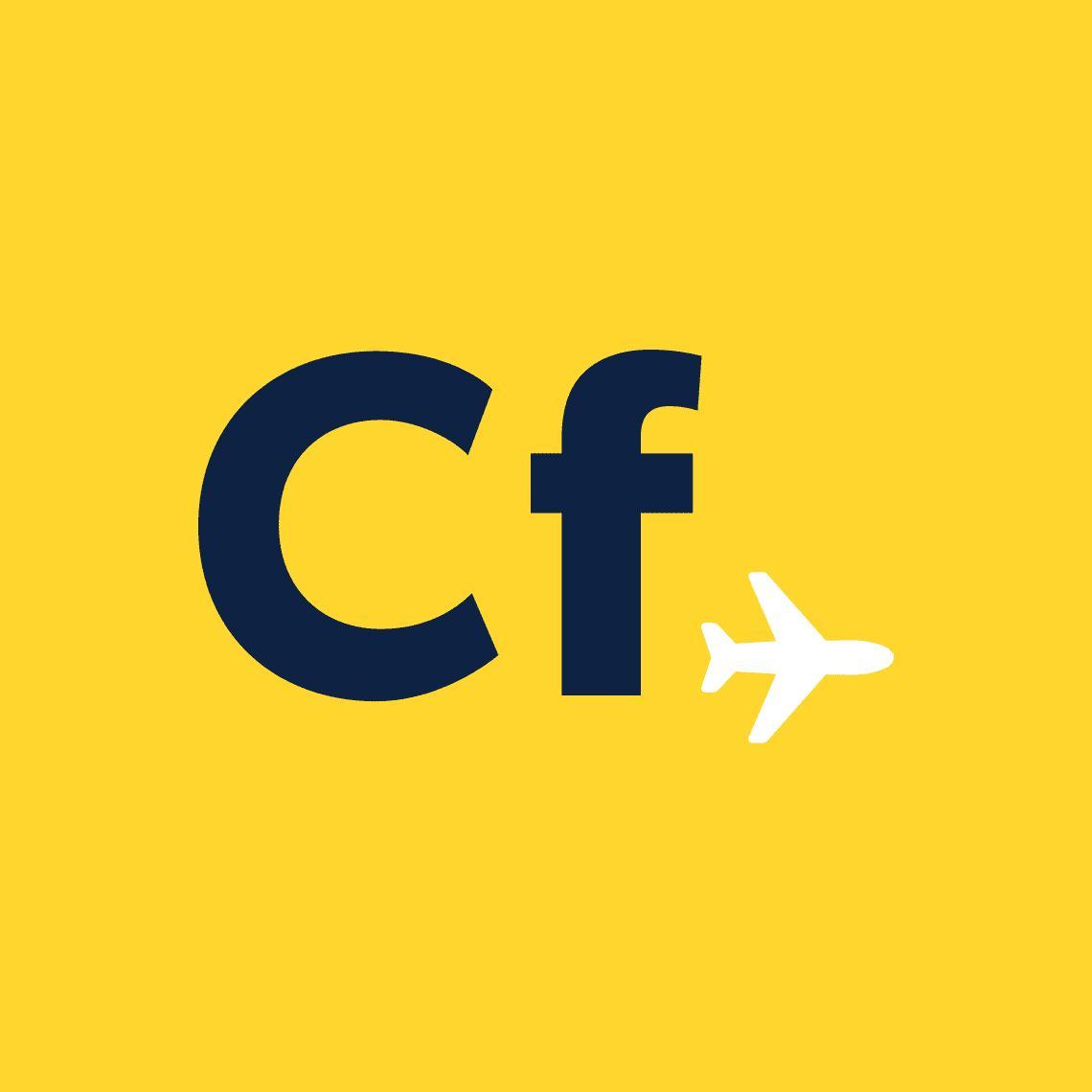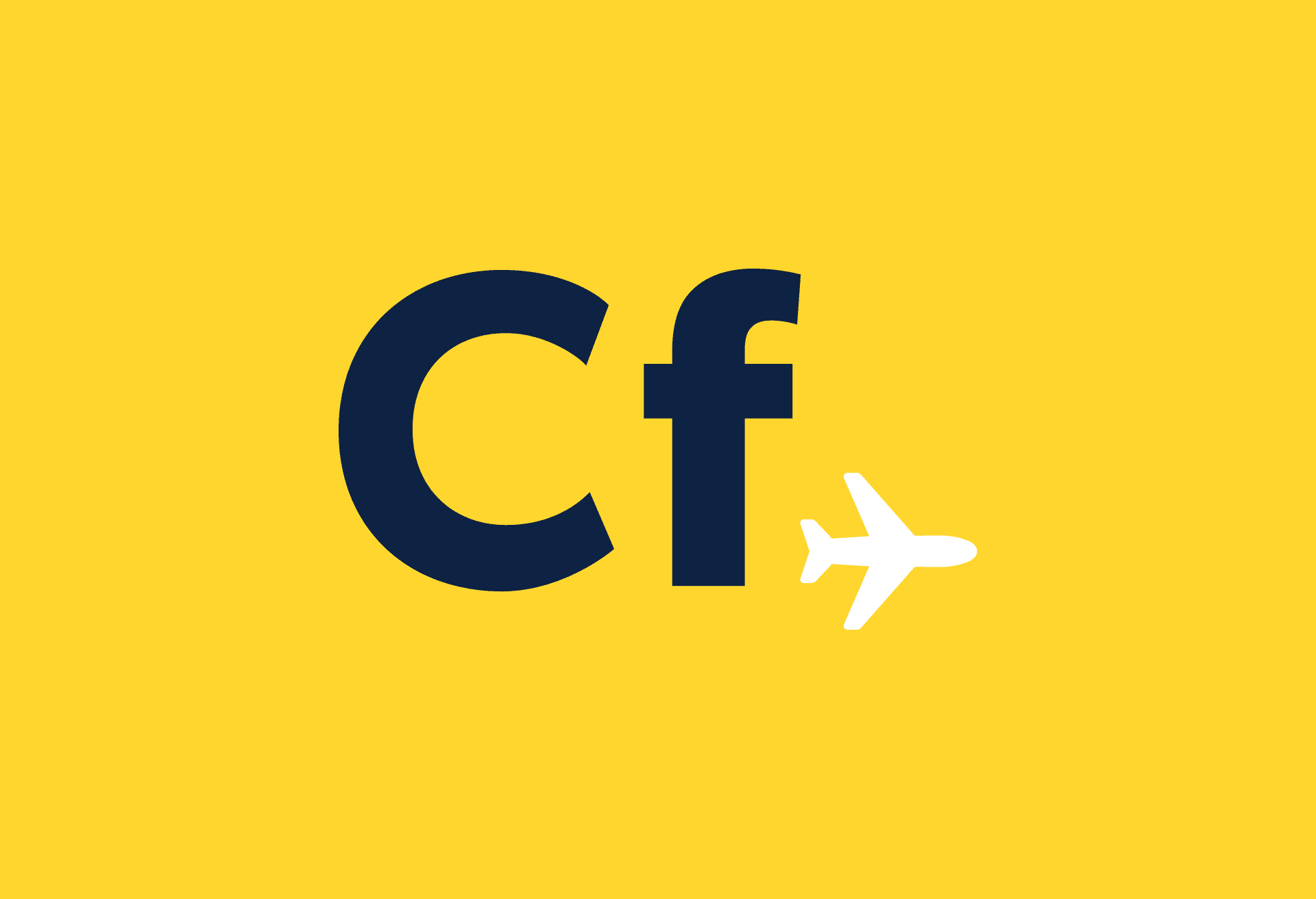It’s the most wonderful time of the year.
For a couple of weeks every year the world takes on a magic glow, people seem merrier, and even winter somehow feels cozy.
The time for friends and family, good food and gifts is just around the corner and whether you’re celebrating a religious festival like Hanukkah or Christmas or a more secular occasion you’re sure to have your own selection of traditions and rituals that make the holiday season so special.
These 10 festive traditions from around the world are certainly wonderful – sometimes wonderfully weird – and are guaranteed to put you in a festive frame of mind.
Day of the Little Candles, Colombia
Celebrated on December 7-8, Little Candle’s Day (Día de las Velitas) marks the start of the Christmas season across Colombia.
In honour of the Virgin Mary and the Immaculate Conception, people place candles and paper lanterns in their windows, balconies and front yards.
The tradition of candles has grown and now entire towns and cities across the country are lit up with elaborate displays. Some of the best are found in Quimbaya, where neighbourhoods compete to see who can create the most impressive arrangements.
Kentucky Fried Christmas Dinner, Japan
Christmas has never been a big deal in Japan. Aside from a few small, secular traditions such as gift-giving and light displays, Christmas remains largely a novelty in the country.
However, a new, quirky “tradition” has emerged in recent years – a Christmas Day feast of the Colonel’s very own Kentucky Fried Chicken.
The 2013 festive menu is already being advertised on the KFC Japan website and even if you don’t understand Japanese the pictures sure do look delicious with everything from a Christmas-themed standard bucket to a premium roast-bird range.
Krampus, Austria
A beast-like demon creature that roams city streets frightening kids and punishing the bad ones – nope, this isn’t Halloween, but St Nicholas’s evil accomplice, Krampus.
In Austrian tradition, St Nicholas rewards nice little boys and girls, while Krampus is said to capture the naughtiest children and whisk them away in his sack.
In the first week of December, young men dress up as the Krampus (especially on the eve of St Nicholas day) frightening children with clattering chains and bells.
Yule Lads, Iceland
In the 13 days leading up to Christmas 13 tricksy troll-like characters come out to play in Iceland.
The Yule Lads (jólasveinarnir or jólasveinar in Icelandic) visit the children across the country over the 13 nights leading up to Christmas. For each night of Yuletide, children place their best shoes by the window and a different Yule Lad visits leaving gifts for nice girls and boys and rotting potatoes for the naughty ones.
While their parents, Grýla and Leppalúði, are two of the most frightening creatures in Icelandic folklore, the Lads themselves are more mischievous than scary. You’ll find them in the north of Iceland wearing either traditional Icelandic costume or a more conventional Santa Claus outfit.
The Yule Lads’ names hint at the type of trouble they like to cause: Stekkjastaur (Sheep-Cote Clod), Giljagaur (Gully Gawk), Stúfur (Stubby), Þvörusleikir (Spoon-Licker), Pottaskefill (Pot-Scraper), Askasleikir (Bowl-Licker), Hurðaskellir (Door-Slammer), Skyrgámur (Skyr-Gobbler), Bjúgnakrækir (Sausage-Swiper), Gluggagægir (Window-Peeper), Gáttaþefur (Doorway-Sniffer), Ketkrókur (Meat-Hook), and Kertasníkir (Candle-Stealer).
From November 30, you can visit the Lads in the Hallarflöt area of the Dimmuborgir lava fields everyday between 1pm and 3pm. Then two weeks before Christmas, the lads come down from their mountain home to take their Annual Bath at Myvatn Nature Baths; this year it falls on Saturday, December 14 at 5pm.
Saint Nicholas’ Day, Germany
Not to be confused with Weihnachtsmann (Father Christmas), Nikolaus travels by donkey in the middle of the night on December 6 (Nikolaus Tag) and leaves little treats like coins, chocolate, oranges and toys in the shoes of good children all over Germany.
St Nicholas also visits children in kindergarten, schools or at home and in exchange for sweets or a small present each child must recite a poem, sing a song or draw a picture.
But it isn’t always fun and games. St Nick often brings along Knecht Ruprecht. A devil-like character dressed in dark clothes covered with bells and a dirty beard, Knecht Ruprecht carries a stick or a small whip in the hand to punish any children who misbehave.
Gavle Goat, Sweden
Since 1966, a 43 foot tall Swedish Yule Goat has been built in the centre of Gavle’s Castle Square for the Christmas Advent, but this festive tradition has unwittingly led to a another “tradition” of sorts – people trying to burn it down.
In its 47 year history, the Goat has been successfully burned down 26 times – the most recent destruction was in 2012.
If you want to see how the Goat fares this year when it goes up on December 1 you can follow its progress on the Visit Gavle website through a live video stream.
Lighting of National Hanukkah Menorah, Washington DC
Nowhere in the world is the Jewish holiday of Hanukkah celebrated quite so much as in the United States.
Since 1979, a giant 30 foot Menorah has been raised on the White House grounds for the 8 days and nights of Hanukkah.
The ceremony is marked with speeches, music, activities for kids and, of course, the lighting of the Menorah.
This year, the lighting of the first Hanukkah candle takes place on November 27 at 4pm, rain or shine, and an additional candle is lit each successive night. The event is free to attend, but tickets must be booked in advance.
Giant Lantern Festival, Philippines
The Giant Lantern Festival (Ligligan Parul Sampernandu) is held each year on the Saturday before Christmas Eve in the city of San Fernando – the “Christmas Capital of the Philippines”.
Now in its 82nd year, the festival attracts spectators from all over the country and across the globe.
Eleven barangays (villages) take part in the Festival and competition is fierce as everyone pitches in trying to build the most elaborate lantern.
Originally the lanterns were simple creations around two feet in diameter, made from papel de hapon (Japanese origami paper) and lit by candle. Today, the lanterns are made from a variety of materials and have grown to around 20 feet in size. They are illuminated by electric blubs that sparkle in kaleidoscope of patterns.
Fête des Lumières, France
The Festival of Lights (Fête des lumières) in Lyon is a four day celebration of the Virgin Mary from December 6-9.
What began in the 17th century as local homes placing candles in their windows has grown into spectacular event that attracts over 4 million tourists each year.
The festival is marked by professional displays including brilliant light shows on the Basilica of Fourvière and the Place des Terreaux.
Cavalcade of Lights, Toronto
In wintry, wonderful Toronto the annual Cavalcade of Lights marks the official start to the holiday season. Now in its 47th year, the first Cavalcade took place in 1967 to show off Toronto’s newly constructed City Hall and Nathan Phillips Square.
This year’s event kicks-off at 7pm on November 30 with the main event, lighting the official Christmas Tree, starting at 8pm followed by a concert, ice skating and an incredible lights show.
The Square and Christmas tree are illuminated by more than 300,000 energy-efficient LED lights that shine from dusk until 11pm until the New Year.
Main image by Aurélien Catinon


